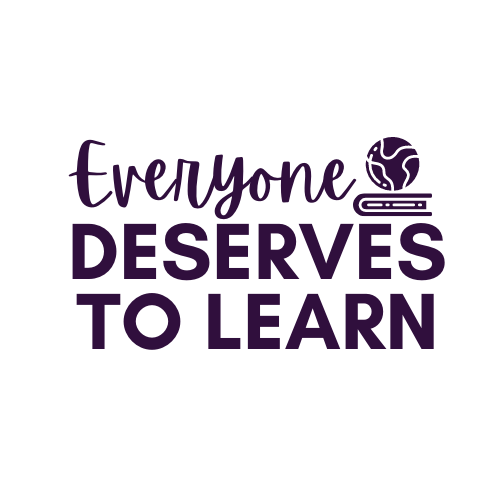Teaching Newcomers: The Silent Period
Have you ever heard of the Silent Period? If you have English Language Learners in your class, I'm sure it's something you're familiar with. If you're new to teaching ELL's, it can be a daunting challenge to face, but I have some tips to help you get through!
I'm going to give you a brief overview of the term, but I'm mostly focusing on how to best help the students in your class- not just your ELL's, your native-born students as well.
Taking risks can be scary. Taking risks in a classroom with 40 expecting eyes on you can be downright terrifying. The Silent Period can keep hold of a student for any length of time, from 2 days to 4 months to over a year. Something to note is the Silent Period doesn't always mean complete silence- more on that in a bit!
TPR, or Total Physical Response, is a technique used by many world language teachers to make vocabulary stick. It's not a strategy often talked about by English Language teachers, but I am here to tell you that it works! When students repeat an action in correlation with a word, that word gets cemented in their brains. Want to try it? Many preschools teach vocabulary with American Sign Language, but I don't know any ASL, so I came up with my own gestures to suit my students' needs!
Please, please, please let your students talk. I know you have rules and procedures for when students are allowed to speak and when they're not, but learning language requires speaking, and not just on command. Case in point: I have a kindergarten friend who is still in the silent period (unable to answer teacher questions) after 1 full year of being continually "shushed" by his well-meaning teacher.
This is a case where Silent Period doesn't mean silent, because when he works independently in my room, he chatters constantly in what seems to be toddler babble. It sounds like this: "Ok, yes, ready, HELLO, you ready? Superman. ok, got it, perfect! Chris can do! Yay! I see, fish, big, yellow, HELLO, ready? ok, one two three, ok Chris." It may not seem like it, but all of this chatter is GOOD chatter- in fact, it's GREAT chatter. This chatter tells me that he has words up there, even if he doesn't have the structure for them. Now I can direct my questions with the words I know he knows. I heard him say the word fish and big, so I may point to a picture and ask, "Chris, is the fish BIG or small?" I'm putting his babble to good use and gently guiding him towards phrases and sentences.
In the example above, Chris has and uses some social phrases like, "You ready?" "I can do it!" "Ok, Chris!" I've also heard him say, "My turn!" which made me nearly burst into tears of pride. This is all Social Language, which develops first and quickly. Academic Language is much slower to develop, and takes years and years to master. Keep thinking back to your own baby at home- he learned to talk to and about toys well before learning the ABC's, and it was probably a few more years before he learned colors and shapes. ELL's follow the same pattern; they pick up the language that is used daily, and struggle more often with abstract or situational language.
I learned this the hard way. A few years ago, I had a 4th grade student in the Silent Period, and we worked one on one for close to 90 minutes a day. When he was able to complete a sentence frame or answer a question, I used to jump for joy and clap my hands. After a while, I noticed I was getting no reaction from him, and my praise was not motivating him to continue on. This puzzled me, because don't ALL kids like cheering and clapping? Big fat no.
I read through some studies on his culture and realized that if praise is given, it is because the child has done the equivalent of a triple salchow (you know, from figure skating!). Students in his country were not praised for completing something they were already expected to do, and when praise was given, it was short and curt. This threw me for a loop! I quickly reigned in my enthusiasm and found a new system of praise: a check on his paper, which was silent and tangible- something he could relate to.
Teaching students who are in the Silent Period is not an easy task, and it may often seem like you aren't getting results. Hang in there- even though you can't see or hear the results, they are swirling around in that sponge of a brain, germinating and getting ready to spill out. If you're looking for some ways to encourage social and academic language, read this post! Or, check out some of my Speaking and Listening activities over at TPT. And believe me: patience, persistence, and positivity will pay off!







